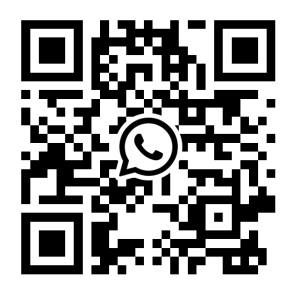Present bias describes how people often settle for a smaller reward in the present as opposed to waiting for a much larger future reward, often overvaluing the reward now vs reward later.
Written by Matt Roberts | Co-Founder of ZOKRI
We have a Present Bias because of our human tendency to go for options that offer immediate gratification, there is also a strong element of impatience in there as well.
This article on The Present Bias is part of a series of articles on Cognitive Biases. These biases can decide what we do, when we do it, and how successfully we complete a task. As such they are incredibly relevant to company and team performance and offering tools, frameworks and systems that counter them and make us more rational.
The solution to Present Bias impacting goals setting and execution
When setting goals you have a choice of where to focus your efforts. You can look for easier wins of lower value or work towards a much greater goal that will take much longer to make significant progress towards.
The same is true of projects and tasks. Given a choice between doing a project or task now, when we have time, we may put the project or task off until the last moment, which might be a time when the project or task may not be completed as well.
By using a mission and visions, aligned annual and quarterly OKRs, with a weekly execution rhythm, you get the best of all worlds.
You’re using long-term goals to get our brains to consider long-range decision making. Optimizing long-term and short-term value in a highly rational way.
For example, with OKRs and ZOKRI you’re setting outcome based goals then planning initiatives that will help you achieve those goals.
These planning activities are done in such a way that it ensures that discussions have been had with all stakeholders, including other teams.
This open, transparent and social way of goal setting combined with check-ins, weekly priority setting, and team meetings help to make us all rational as well as accountable.
After all, most people find that they don’t want to let their colleagues down, especially when they have made a public commitment to doing something.
A study in the HBR also looked at what separates goals that we achieve from goals we don’t. In their study they found the present bias and also found tactics to help us counter it. These tactics are:
- Set Goals – setting goals is the first step to overcoming the present bias and achieving the delayed outcomes you, your team and your company wants.
- Engineer In Enjoyment – get people to work on the activities / initiatives that they enjoy most and work in an environment that you enjoy as well, perhaps a room, a view, a type of music playing etc. Also build in perks along the way like nice meal breaks and walks.
- Reflect On The Benefits Of Long-term Goals – Persistence is improved when you’re able to continuously remind yourself of the benefits of working towards a longer term goals like, reminding yourself of the reason why a goal was chosen above other goals and how it it going to help the you, your colleagues and you company to thrive. This could be done at the start of a weekly team planning meeting for example.
Summary
The Present Bias is a very real behavioral pattern that impacts how we act at work as well as our personal lives. Knowing what the Present Bias is and having a toolkit to counter it is useful if you want to set better goals and then achieve them.
Further Reading
- United Kingdom
Ashtead
KT21 1RZ
+44 20 7046 1328

- United States
New York
NY 10013
+1 646-718-4720
- ZOKRI helps leaders and teams achieve strategic goals using the OKR (Objectives & Key Results) framework. Our platform aligns strategy, goals, and people, fostering engagement and growth through comprehensive training and management systems.
© ZOKRI 2025 All rights reserved | Privacy Policy | Terms & Conditions | GDPR
Contacts Us
Tell us what you need. We'd be delighted to help.
"*" indicates required fields